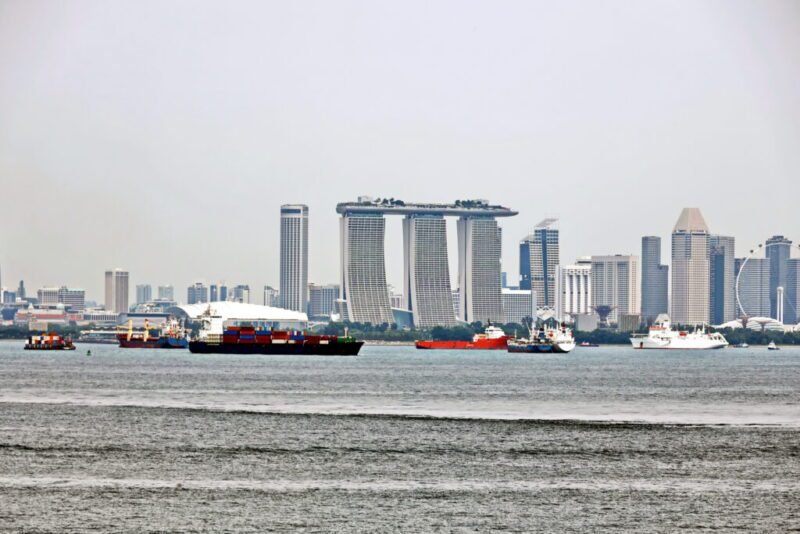A traffic jam at Singapore’s container port due to ships avoiding the Red Sea because of attacks by Houthi rebels is causing trouble for companies in the city-state. With more cargo stuck in ports for longer periods, freight fees are rising, and congestion is increasing with no end in sight. Manufacturers and exporters may have to hold onto their inventory longer, affecting the movement of finished products out of Singapore.
The attacks in the Red Sea have led to shipowners opting for longer routes around the Cape of Good Hope, avoiding the Suez Canal. This has caused even greater congestion in Singapore’s waters. Nearby ports in Malaysia are not viable replacements due to connectivity issues, further exacerbating the problem. Additionally, rerouting cargo will incur increased transportation costs and customs clearance issues.
Despite the challenges, there are possibilities for adaptation. Companies can adjust inventory management practices, and container lines can use alternative ports in Malaysia, albeit with capacity constraints. The peak shipping season starting earlier means it may end sooner, allowing freight rates to potentially fall from September. Ultimately, adjustments in schedules by liners could alleviate congestion, even if the Red Sea crisis persists.


















